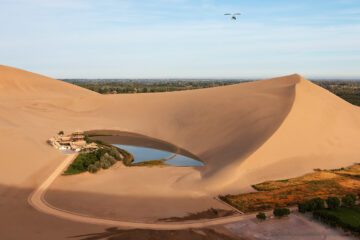Baisha is a little old town just 20 minutes from the famous Lijiang Old Town. Find out why it is worth spending half a day here.
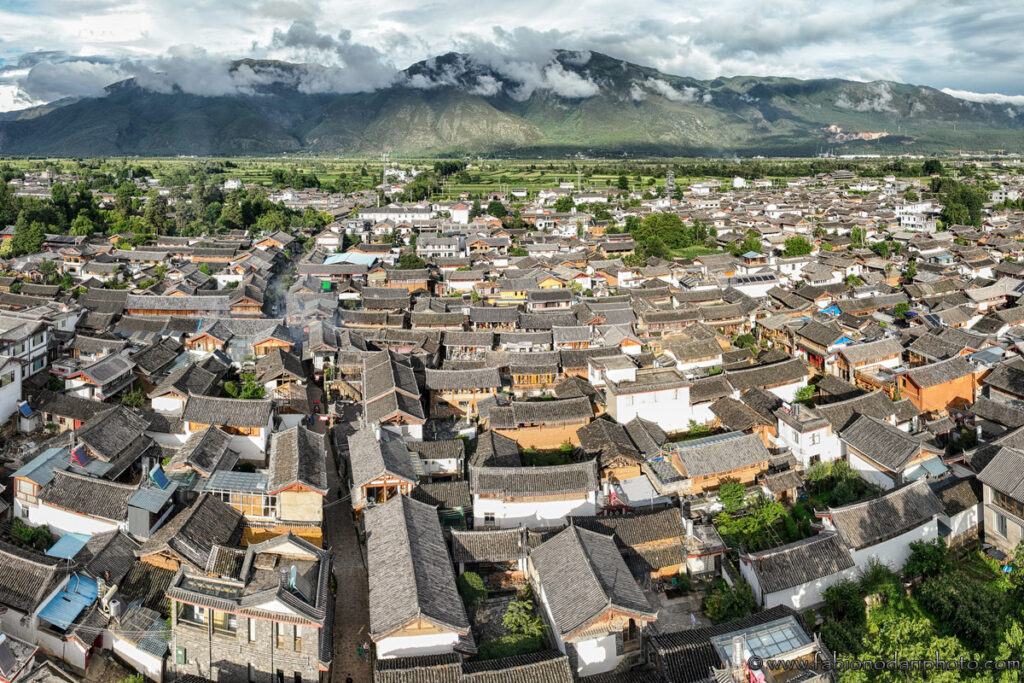
If you are tired of the crowds in Lijiang and have visited Shuhe already, or you are simply looking for a more relaxed place to spend half a day, then Baisha might just be what you are looking for. Baisha means ‘white sands’. The town was the first settlement of the Naxi people (纳西族) after they migrated south from the Tibetan plateau.
Located very conveniently close to the Old Town of Lijiang, it’s still somehow underrated and not overcrowded, although, recently, it has seen an increase in the number of tourists.
How to get to Baisha and where to stay
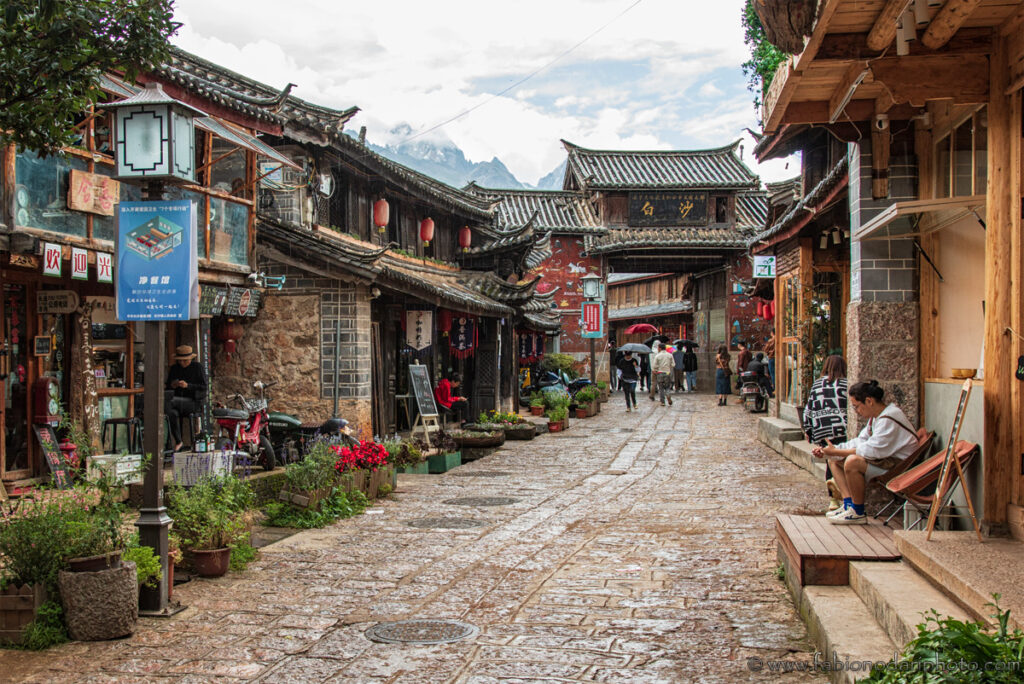
Baisha is located very close to Lijiang Old Town, right after the other old town in the area, Shuhe. You can bike there, take a bus (n° 6), or take a taxi.
By car, it shouldn’t take longer than 20 minutes. Remember that if there are a lot of tourists, it might be challenging to find a taxi, so it’s better if you use Didi or similar apps to call a driver (Didi is the Chinese version of Uber).
If you want to stay in Baisha for the night, you can use Trip.com since booking hotels in China is the best option. Booking.com doesn’t have many choices, and they are often overpriced.
What to do in Baisha
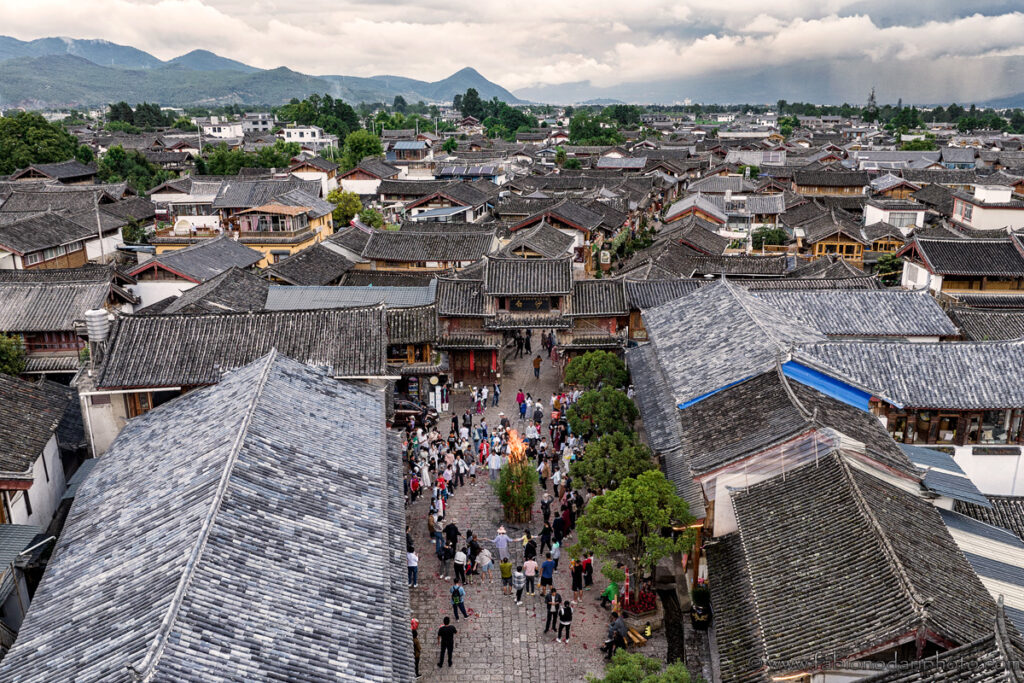
Baisha is composed of many smaller towns. The main one, where the market square is situated, is called Sanyuan Village (三元村) but is more often referred to simply as Baisha Old Town (白沙古镇).
Dabaoji Palace (大宝积宫)
An exciting stop could be Dabaoji Palace (大宝积宫), where you can see an impressive collection of large mural paintings (白沙壁画). One section of this building is dedicated to Joseph Rock, an Austro-American explorer and botanist who spent several years in Yunnan and was based in the village of Yuhu (玉湖村), about ten kilometers north of Baisha. Joseph Rock is quite a “celebrity” and deserves an entire blog post.
Naxi Embroidery Institute (白沙纳西传统手工刺绣院)
You can also visit the Naxi Embroidery Institute (白沙纳西传统手工刺绣院), situated only a few steps north of the main market square. It was established to preserve local embroidery traditions. Many pieces were donated recently after their owners had been hiding them for a long time to save them from the cultural revolution.
Walking around the Old Town
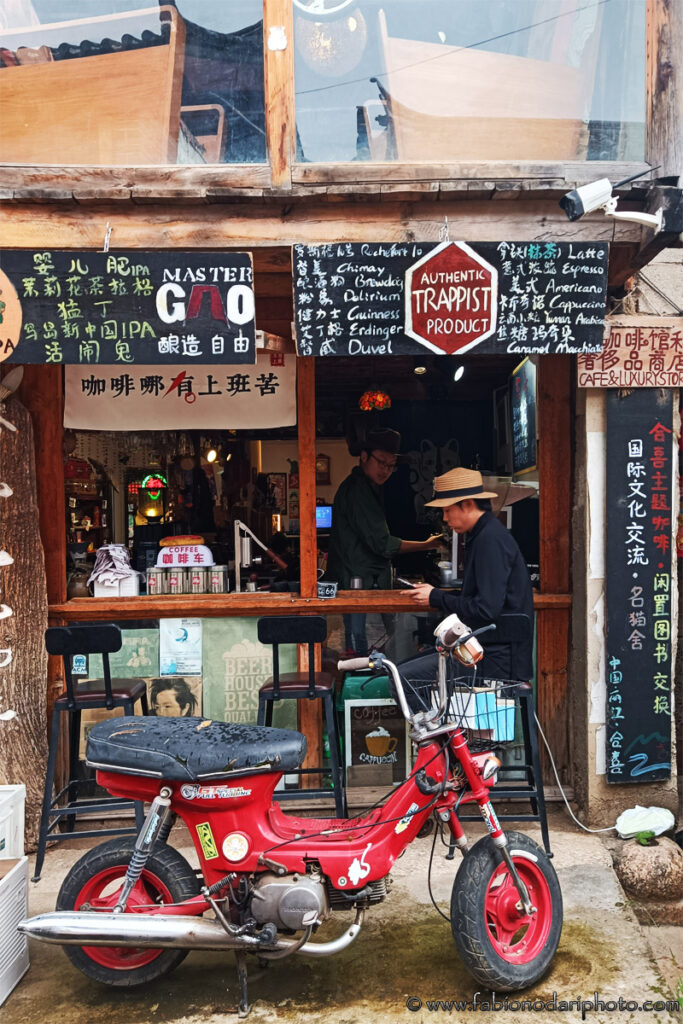
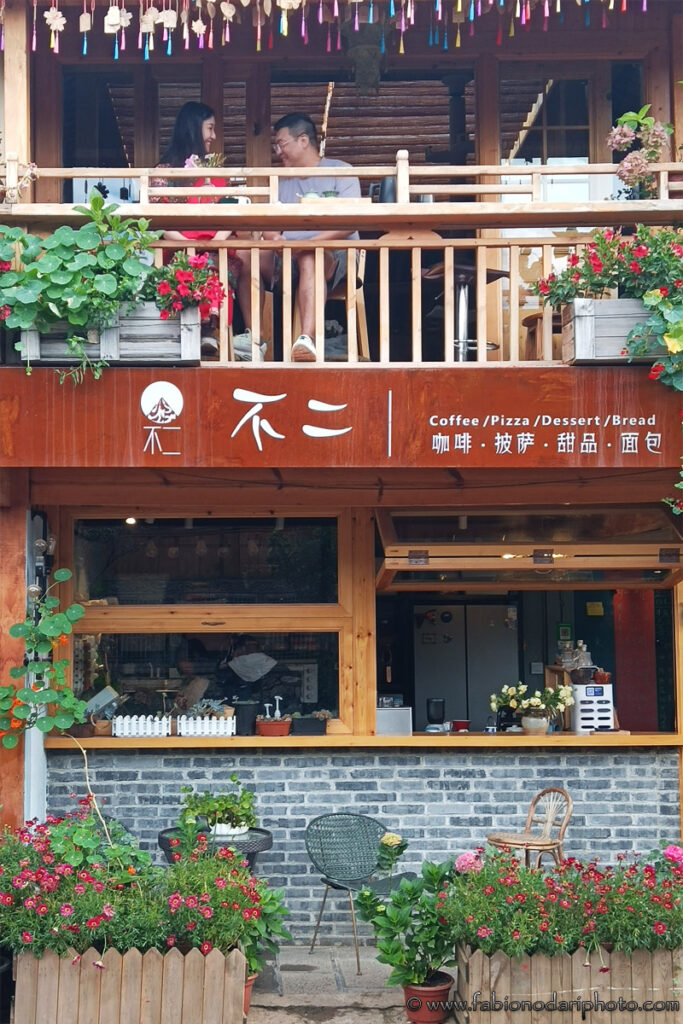
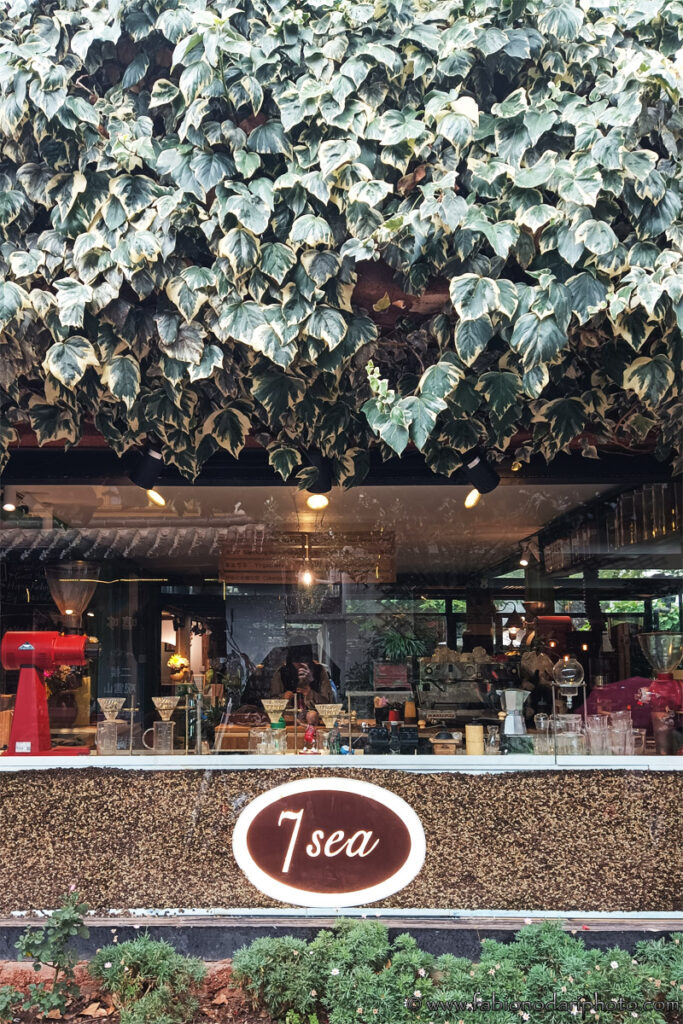
There isn’t anything else to do besides strolling in its cute little alleys, spending some time in one of the many excellent coffee shops, or eating in one of the good restaurants. But people who visit Baisha are not looking for much action anyway.
The Naxi culture and writing
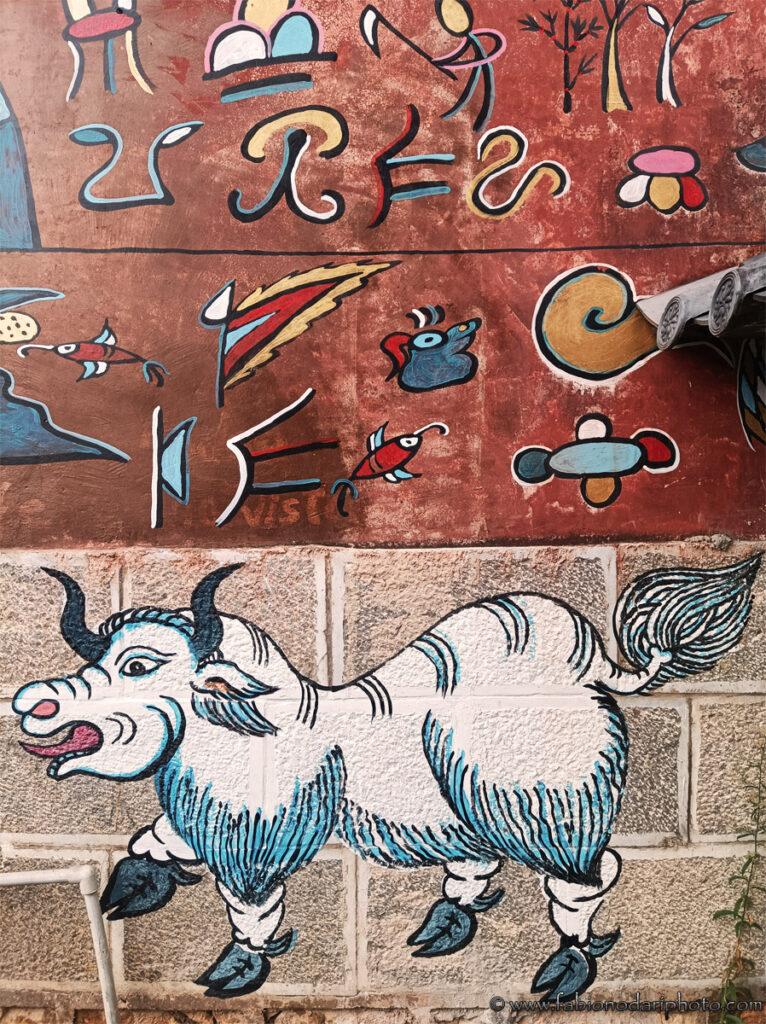
Before becoming part of the Yuan empire (under Kublai Khan 1271-1368), Baisha was the capital of the Naxi Kingdom. Interestingly, Naxi means “Black People,” probably because they are dark-skinned due to the high elevation where they live. You can learn a bit more about their culture here.
Over 1000 years ago, the Naxi created a unique written language that uses pictograms. Today, it’s the only language in the world still using hieroglyphs (composed of about 1,400 pictures). You’ll see their characters everywhere around Lijiang, but few people can read them. It has become more of a marketing strategy than a real need for people to use this writing. Regardless, it’s pretty cool, and preserving this heritage is always a good idea.
The most famous text is a Dongba manuscript about the Creation. Dongba were the Naxi shamans. Ancient copies of this text can be found in Lijiang and some American universities. On August 30, 2003, UNESCO accepted the Dongba classical literature as a written world heritage.
Dongba had a vital role in the Naxi culture because they were the written language’s custodians and mediators between the people and the world of the spirits. This religion originates from the Tibetan cult called Bon. You can find more info about the Bon religion here.
Torch Festival
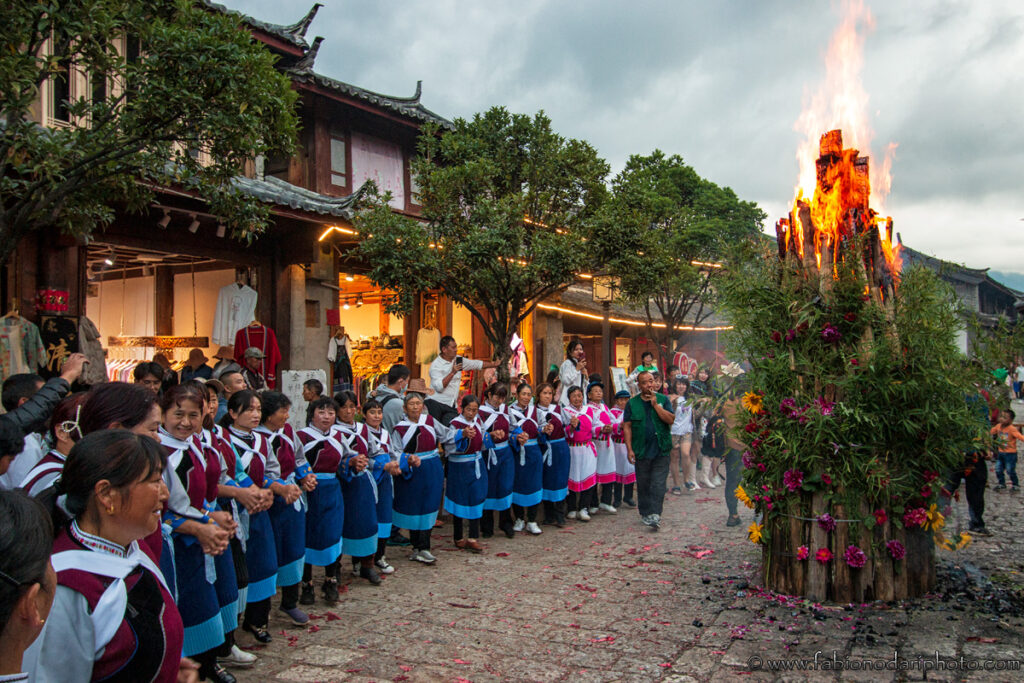
One of the sacred celebrations of the Naxi people is the Torch Festival, and it’s also celebrated by the Yi, Bai, Hani, Lisu, Lahu, and Pumi ethnic groups. The festival falls between the 24th and 26th days of the sixth lunar month.
During the festival, vast torches of tied dry pine and lightwood are erected in all the villages, with smaller torches placed in front of the door of each household.
The origins of this celebration are a bit unclear. According to some, this festival was one of the two yearly Star Returning Festivals. Other legends say the Torch Festival includes the idea of offering sacrifices to deities and scaring away spirits, as well as the wish for a good harvest. However, one of the most popular stories is the legend of Atilaba. This fantastical wrestler supposedly drove away a plague of locusts by using torches that he made from pine trees. Thus the Torch Festival is to celebrate this victory.
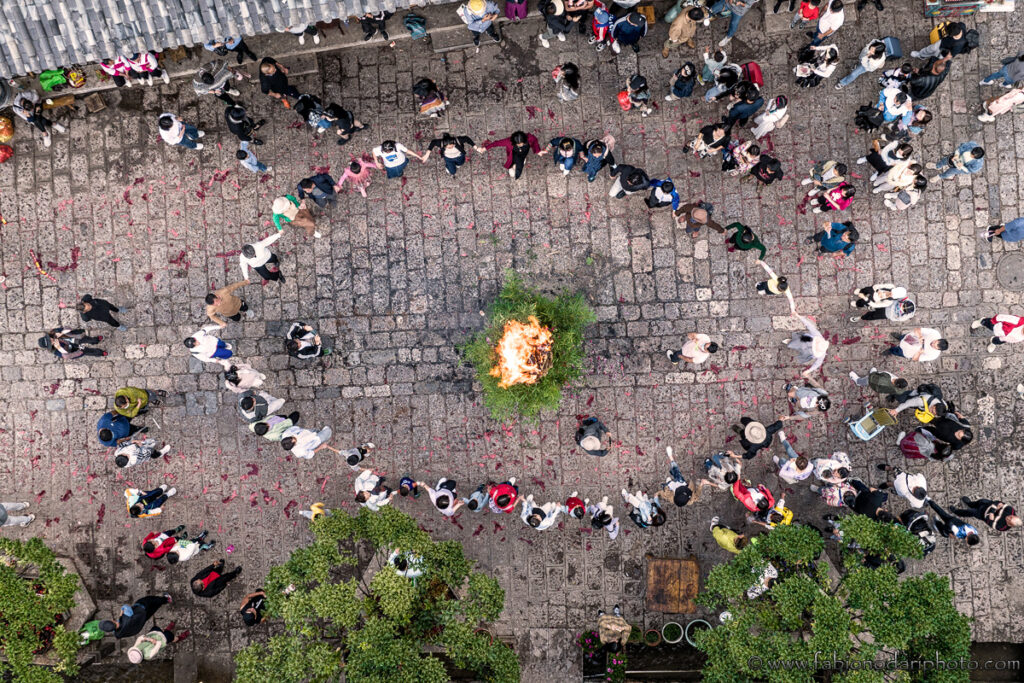
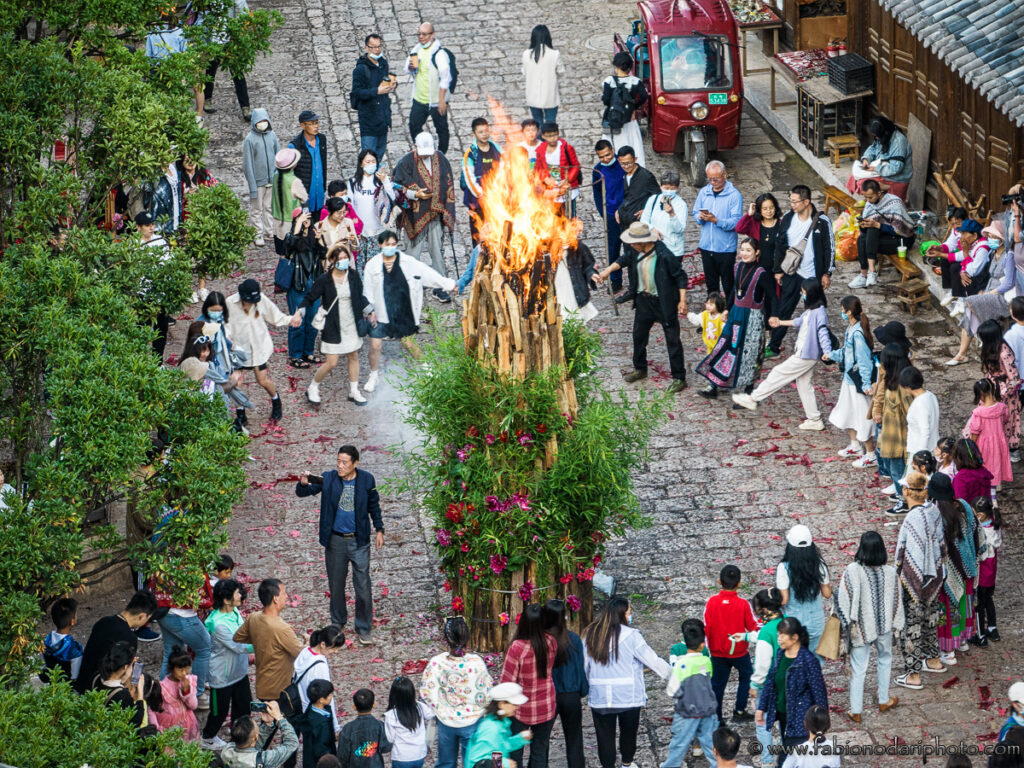
I hadn’t planned to visit Baisha during this celebration, and I discovered it would be celebrated the same day I was there, which was a nice surprise.
If you want something else to do in the area, don’t miss my travel guide to the Jade Dragon Snow Mountain and Shangri-La.
Don’t forget to check out my Yunnan travel guide.
